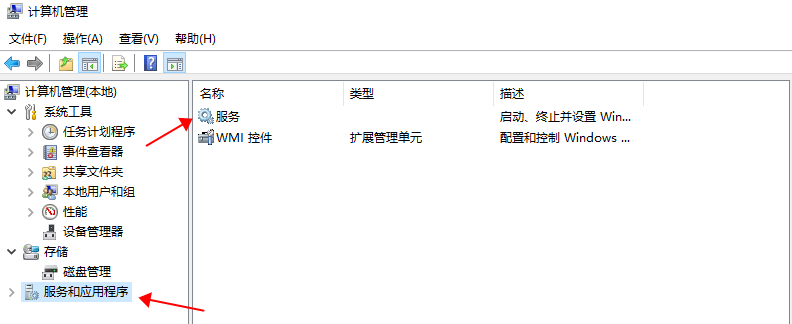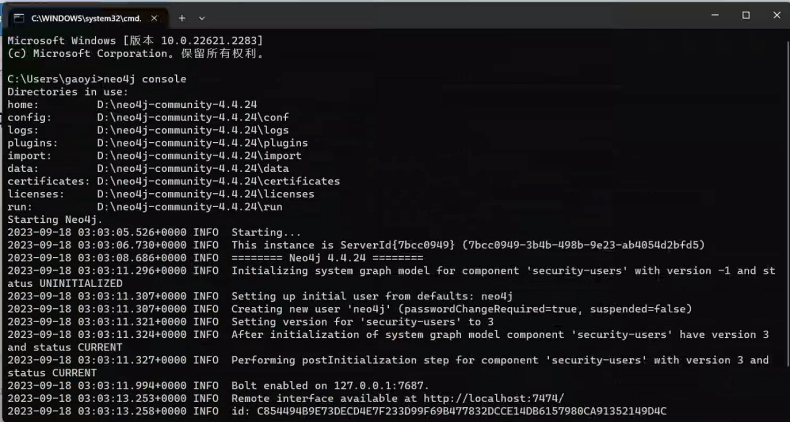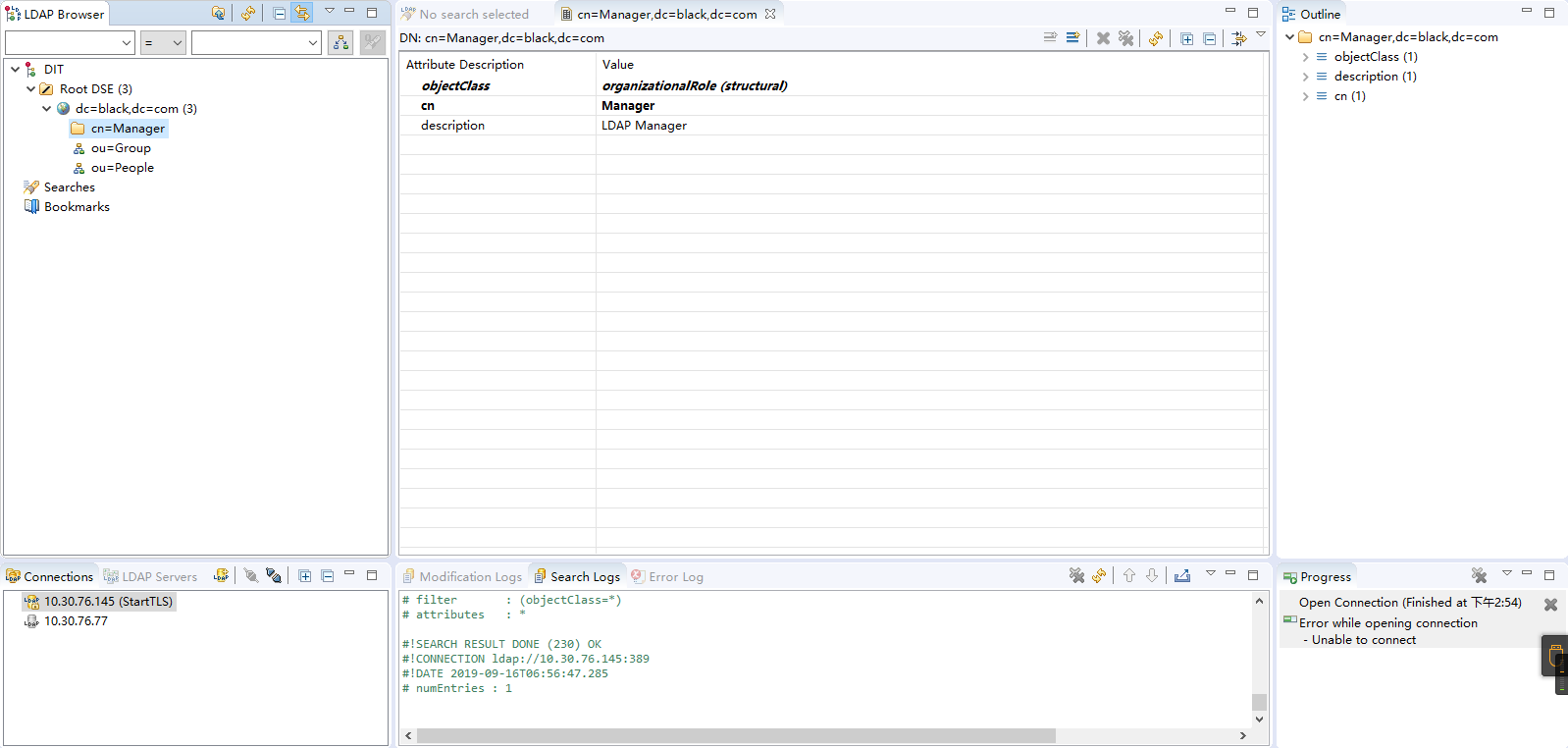Oracle 参数 SGA_TARGET 官方解释,作用,如何配置最优化建议
本站中文解释
SGA_TARGET 参数指定了数据库应该使用的System Global Area(SGA)的目标大小。SGA有三种组成内存结构:shared pool,database buffer cache和large pool。该参数控制SGA组件的大小,它可以让Oracle自动决定最优的每个组件的大小。
正确设置SGA_TARGET参数需要考虑以下因素:机器可用内存,应用程序所需要的内存大小,数据库的工作负荷以及服务器的操作系统。最佳的设置取决于以上几个因素,对其中任何一个的影响应该考虑到。
比如,如果服务器可用的内存是1GB,则可以选择将SGA_TARGET设置为750MB。又比如,在Oracle 10G中,建议SGA_TARGET设置不要超过4GB,如果大于4GB,则尽量将其减少到4GB以内。
官方英文解释
SGA_TARGET specifies the total size of all SGA components.
| Property | Description |
|---|---|
|
Parameter type |
Big integer |
|
Syntax |
|
|
Default value |
|
|
Modifiable |
|
|
Modifiable in a PDB |
Yes |
|
Range of values |
64 MB to operating system-dependent |
|
Basic |
Yes |
If SGA_TARGET is specified, then the following memory pools are automatically sized:
-
Buffer cache (
DB_CACHE_SIZE) -
Shared pool (
SHARED_POOL_SIZE) -
Large pool (
LARGE_POOL_SIZE) -
Java pool (
JAVA_POOL_SIZE) -
Streams pool (
STREAMS_POOL_SIZE) -
Data transfer cache (
DATA_TRANSFER_CACHE_SIZE)
If these automatically tuned memory pools are set to nonzero values, then those values are used as minimum levels by Automatic Shared Memory Management. You would set minimum values if an application component needs a minimum amount of memory to function properly.
The following pools are manually sized components and are not affected by Automatic Shared Memory Management:
-
Log buffer
-
Other buffer caches, such as
KEEP,RECYCLE, and other block sizes -
Fixed SGA and other internal allocations
The memory allocated to these pools is deducted from the total available for SGA_TARGET when Automatic Shared Memory Management computes the values of the automatically tuned memory pools.
In the Default value field, IMMEDIATE mode autotuning requests are necessary to avoid ORA-04031 errors. The DEFERRED and IMMEDIATE modes are reflected in the OPER_MODE column of the V$MEMORY_RESIZE_OPS view.
If Automatic Memory Management is enabled (MEMORY_TARGET is set to a positive value) and SGA_TARGET is also set to a positive value, the SGA_TARGET value acts as the minimum value for the size of the SGA.
Note:
This parameter is optional for pluggable databases (PDBs). When this parameter is set for a PDB, it specifies the maximum SGA that the PDB can use at any time. When this parameter is not set at the PDB level, the PDB has no limit for the amount of SGA it can use, other than the CDB’s SGA size.
To be able to use Resource Manager in a CDB to control the amount of memory each PDB can use:
-
The
NONCDB_COMPATIBLEinitialization parameter must be set toFALSEat the CDB level (in the root of the CDB). -
The
MEMORY_TARGETinitialization parameter must not be set at the CDB level. -
You must set the
SGA_TARGETinitialization parameter at the CDB level. -
You must set
SGA_TARGETin a PDB.If you set a PDB’s
SGA_TARGETvalue andSGA_TARGETis not set at the CDB level, you will not receive an error message and the PDB’sSGA_TARGETvalue will not be enforced. -
When setting
SGA_TARGETin a PDB, the following requirements must be met:-
The value of
SGA_TARGETin the PDB must be less than or equal to theSGA_TARGETvalue at the CDB level. -
The value of
SGA_TARGETin the PDB must be less than or equal to theSGA_MAX_SIZEvalue at the CDB level. -
The value of
SGA_TARGETin the PDB must be twice the PDB’sDB_CACHE_SIZEvalue, if the PDB’sDB_CACHE_SIZEvalue is set. -
The value of
SGA_TARGETin the PDB must be twice the PDB’sSHARED_POOL_SIZEvalue, if the PDB’sSHARED_POOL_SIZEvalue is set. -
The value of
SGA_TARGETin the PDB must be twice the PDB’sSGA_MIN_SIZEvalue, if the PDB’sSGA_MIN_SIZEvalue is set.
When you set
SGA_TARGETin a PDB to a value that does not meet these requirements, you receive an error. -
See Also:
-
“DB_CACHE_SIZE”
-
“SHARED_POOL_SIZE”
-
“LARGE_POOL_SIZE”
-
“JAVA_POOL_SIZE”
-
“STREAMS_POOL_SIZE”
-
“V$MEMORY_RESIZE_OPS”
-
“MEMORY_TARGET”
-
“PGA_AGGREGATE_TARGET”
-
Oracle Multitenant
Administrator’s Guide for more information about the initialization parameters that control the memory usage of PDBs -
Oracle Database
Administrator’s Guide for information on automatic memory management -
Oracle Database
Administrator’s Guide for information on managing the SGA manually






